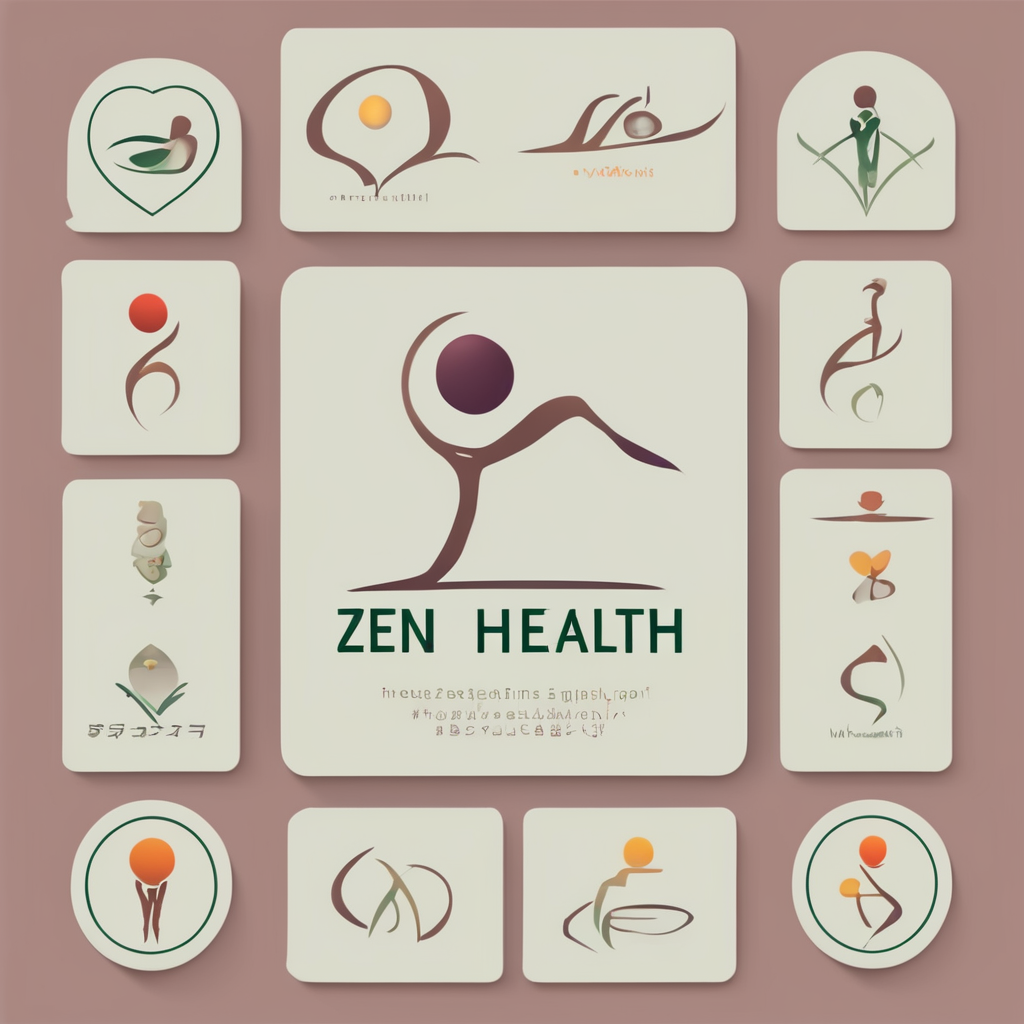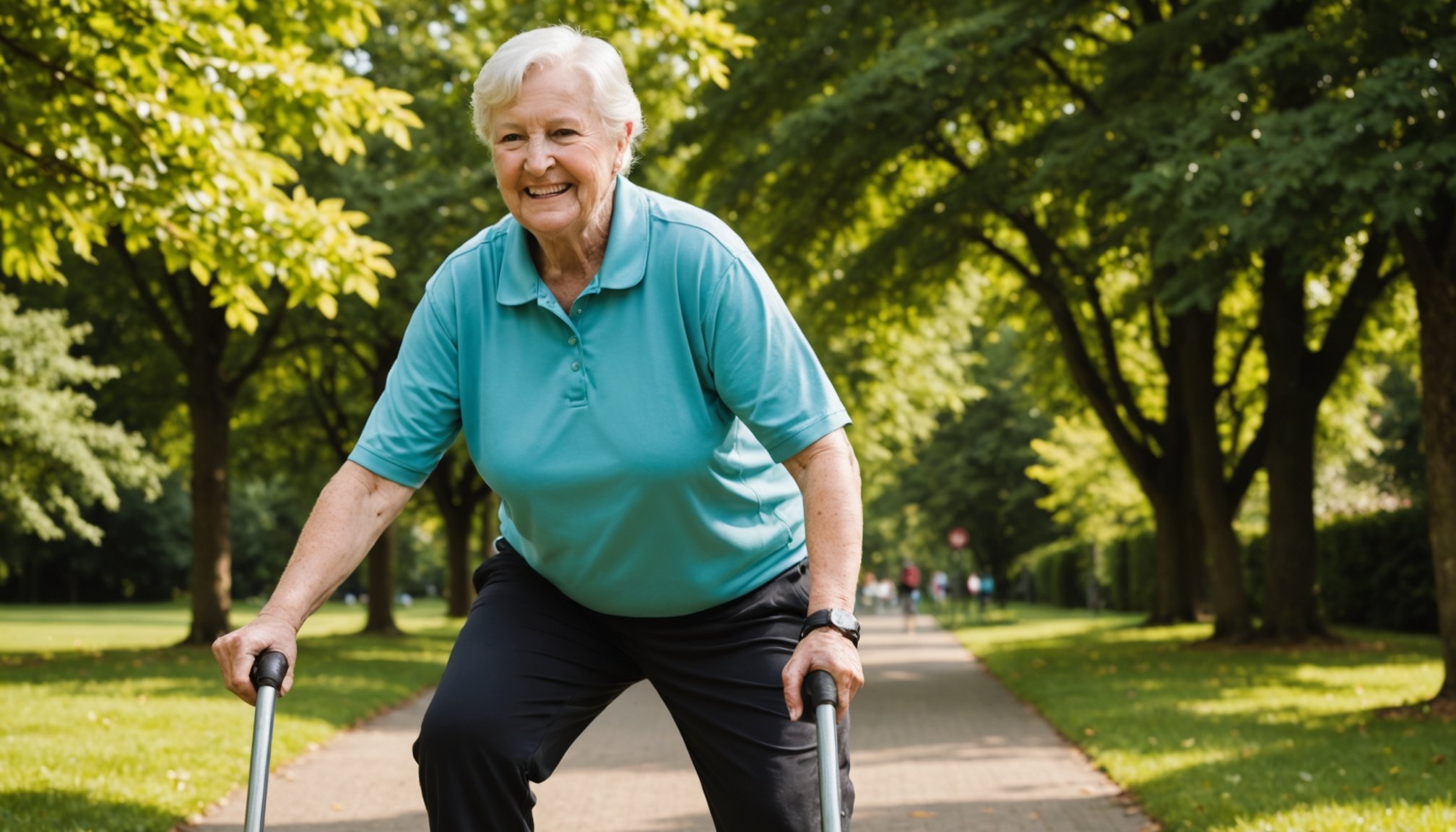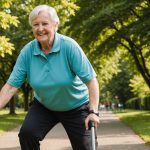Arthritis is a common condition that affects millions worldwide, limiting mobility and often causing significant pain. For seniors grappling with arthritis, maintaining an active lifestyle might seem daunting, yet it’s crucial for managing symptoms and improving overall health. Exercise, when appropriately tailored, can offer significant relief, enhancing joint function and providing a better quality of life. In this article, we will explore how exercise routines can be specially designed to meet the needs of seniors living with arthritis. Physical activity doesn’t have to be strenuous to be effective, and with the right approach, you can find it both beneficial and enjoyable.
Understanding Arthritis in Seniors
Arthritis encompasses more than 100 different conditions, but the most prevalent types among seniors are osteoarthritis and rheumatoid arthritis. Osteoarthritis often results from the natural wear and tear of joints, while rheumatoid arthritis is an autoimmune disorder that causes inflammation. Regardless of the type, arthritis can lead to stiffness and pain that hinder daily activities.
For older adults, the challenge is finding a balance between staying active and not overexerting themselves. However, regular exercise is a cornerstone of arthritis management. It helps in maintaining joint flexibility, strengthening muscles around the joints, and improving overall health. But it’s not just about any exercise; it’s about selecting the right activities and intensity.
Incorporating a variety of exercises can address different needs – from walking to enhance cardiovascular health to joint-specific workouts to boost mobility. Understanding these needs is the first step toward crafting a beneficial exercise routine.
This might interest you : Essential Dietary Changes for Seniors to Combat Early Symptoms of Rheumatoid Arthritis
Designing the Right Exercise Program
Creating an effective exercise program for seniors with arthritis involves a mix of different types of activities that should be tailored to individual abilities and limitations. A well-rounded program typically includes aerobic exercises, strength training, flexibility exercises, and balance activities.
Aerobic Activity
Walking is one of the simplest and most effective aerobic activities for seniors. It encourages heart health while being gentle on the knees and other joints. Walking can be easily modified to suit different fitness levels and joint conditions by adjusting speed or distance. Swimming and cycling are also excellent low-impact alternatives that can improve cardiovascular fitness without adding stress to the joints.
Additional reading : What should seniors know about the importance of skin care as they age?
Strength Training
Building strength is crucial to support and stabilize joints. Exercises using resistance bands or light weights can enhance muscle support around the joints. Pilates and yoga are also beneficial for improving strength and flexibility, offering gentle movements that focus on controlled breathing and posture.
Flexibility and Balance
Maintaining and improving flexibility is vital for easing stiffness associated with arthritis. Stretching exercises can help, and incorporating balance activities such as tai chi can enhance stability and prevent falls, which are often a concern for seniors.
Each individual’s program should be adjusted based on their specific health conditions and fitness levels, possibly under the guidance of a healthcare professional.
Overcoming Barriers and Staying Motivated
Embarking on a new exercise program can be challenging for anyone, but seniors with arthritis may face additional hurdles. Pain, fatigue, and fear of injury can all serve as barriers. However, with the right mindset and support, these can be overcome.
Addressing Pain and Fatigue
It’s essential to start slowly and listen to your body. Begin with short sessions, gradually increasing duration and intensity as tolerated. Pain shouldn’t last more than two hours after exercising, and if it does, reduce the activity level. Rest days are as crucial as exercise days, allowing the body to recover.
Building Motivation
Setting realistic goals can keep you motivated. Tracking progress, even small achievements, can provide the encouragement needed to stay committed. Social interactions can also play a critical role. Exercising in groups or with a partner can create a sense of community, making physical activity a social event rather than a chore.
Access to Resources
Accessibility to programs and resources tailored specifically for arthritis can increase participation. Online platforms, community centers, and local health facilities often offer specialized classes and programs for seniors. Telehealth can also provide guidance without requiring travel, making it easier for those with mobility challenges.
The Importance of Professional Guidance
While self-directed exercise is possible, consulting with healthcare professionals, such as physical therapists or certified fitness trainers specializing in arthritis, can enhance safety and efficacy. They can help design a program that considers your medical history, current fitness level, and specific limitations.
Tailored Advice
Professionals can offer personalized advice on exercise techniques, helping you avoid common pitfalls such as overexertion or improper form, which can lead to injury. They can also address any concerns about your current health status and how it might affect your ability to exercise.
Monitoring Progress
Regular check-ins with a healthcare provider allow for monitoring of progress and adjustments to the exercise plan as needed. Feedback from professionals can help you maintain motivation while ensuring the activities are beneficial and aligned with your health goals.
Access to Innovations
Therapists and trainers often have access to the latest research and innovations in exercise regimes for arthritis, providing up-to-date advice that could include new techniques or equipment designed to ease joint pain. This expertise is invaluable for maintaining an effective and safe exercise routine.
Adapting exercise routines to suit the needs of seniors with arthritis involves a thoughtful balance of various activities that cater to individual capabilities and limitations. While arthritis poses unique challenges, it also underscores the importance of staying active to manage symptoms and improve overall health. By choosing the right combination of aerobic, strength, flexibility, and balance exercises, seniors can significantly enhance their quality of life.
Encouragement and the support of healthcare professionals can make a substantial difference. With tailored guidance, appropriate resources, and a focus on personal goals, exercise becomes a tool for empowerment rather than a source of discomfort. Embrace the journey towards better health, because every step counts in creating a more vibrant and active life despite the challenges arthritis may present.











